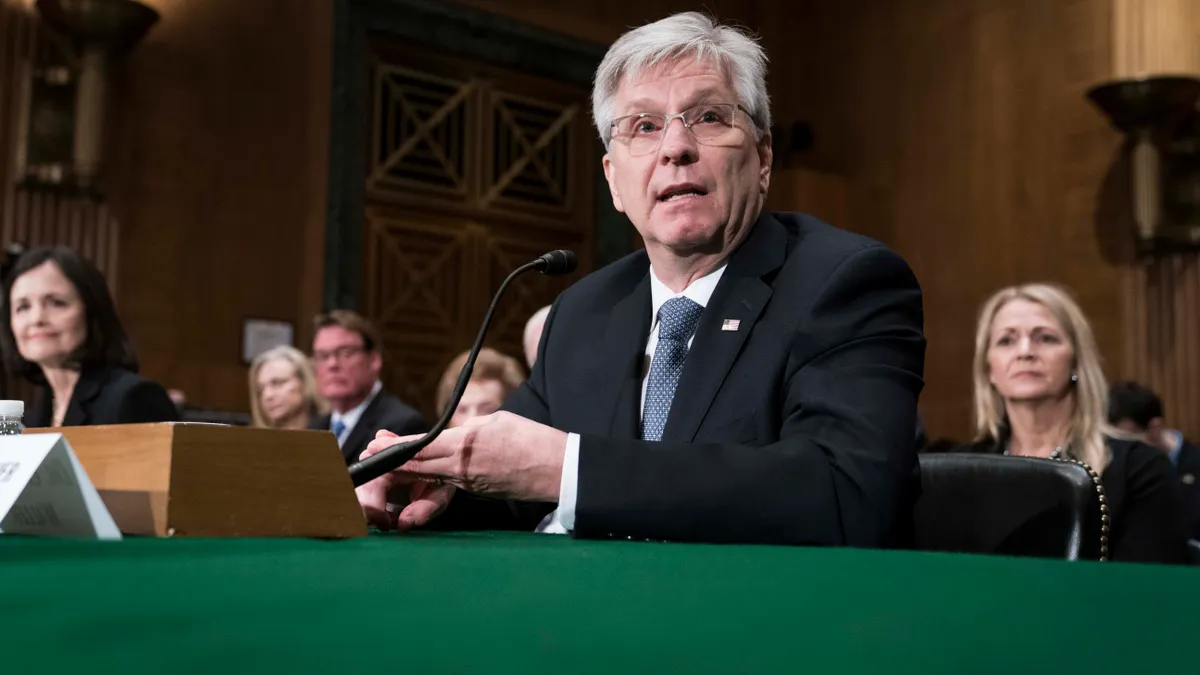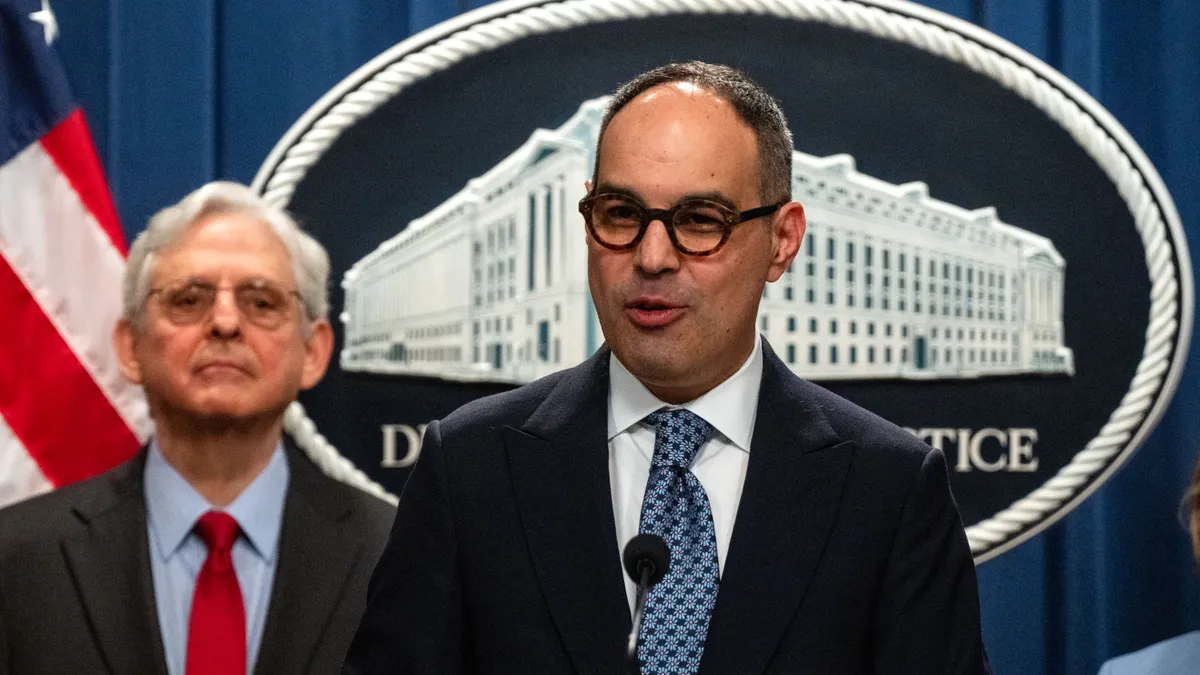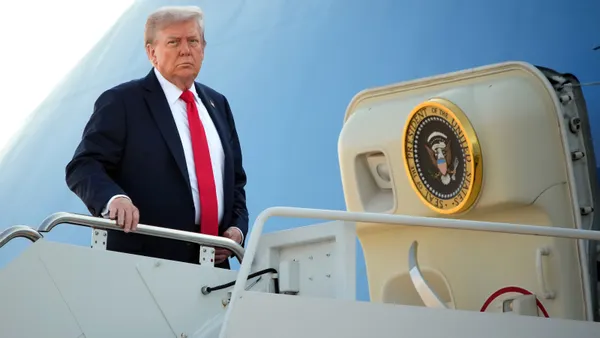Stablecoins and distributed ledger technology could make payments cheaper and more efficient and shouldn’t be feared, Federal Reserve Board Governor Christopher Waller said Monday in a speech.
“Let us remember that this is not a new story and that we should not fear new technologies, nor new types of providers,” Waller said at the global Sibos financial conference in Frankfurt, Germany. “Instead, we should ask how new technologies could benefit all types of actors, including the most sophisticated financial firms as well as consumers, while not losing sight of the need for guardrails that promote safety for consumers and the broader financial system.”
Stablecoins and DLT have shown promise thus far, Waller said. Outside of the U.S., he said, USD stablecoins are “an attractive option in countries in which access to dollar banking services is expensive or limited.” And such payments are serving as a lower cost alternative to remittances, which are expensive “in part to the complexity of transactions involving multiple infrastructures, currencies, and intermediaries,” he said.
“One way in which innovative technologies could translate to lower costs is through efficiency gains,” he said.
In a speech in February, Waller noted that stablecoins were creeping into retail payments, but that they needed clear regulation for a path forward. As of July – due to the Genius Act – that regulation exists.
For cross-border payments, Waller said DLT can improve upon the correspondent banking model which has “been the backbone of global payments for decades” but faces several challenges, such as high transaction costs, slower processing times, and a global decline in correspondent banking relationships.
DLT can either improve upon the current model by tokenized deposits, or by the “stablecoin sandwich” model in which currency from one country is converted into a stablecoin, transferred to another individual internationally, and converted into the currency of its destination, he said.
“Either model has the potential to improve transparency, cost, and timeliness, while balancing the need for safety and integrity of the transfer,” he said.
Public sector entities should support the private sector, which is developing the technology, when useful, and it’s “important to understand how the Federal Reserve can continue to support private-sector innovation,” he said. That includes solving coordination problems and providing regulatory clarity, and conducting hands-on research – as it’s currently doing – in innovations such as tokenization, smart contracts and AI in payments.
“We do this to understand how private-sector innovators will use these to improve payments, as well as identify any opportunities to upgrade our own payment infrastructures,” he said.
Waller has emerged among advisers of President Donald Trump as the leading candidate to be the next Fed chairman, Bloomberg News reported last month, citing people familiar with the discussions.











